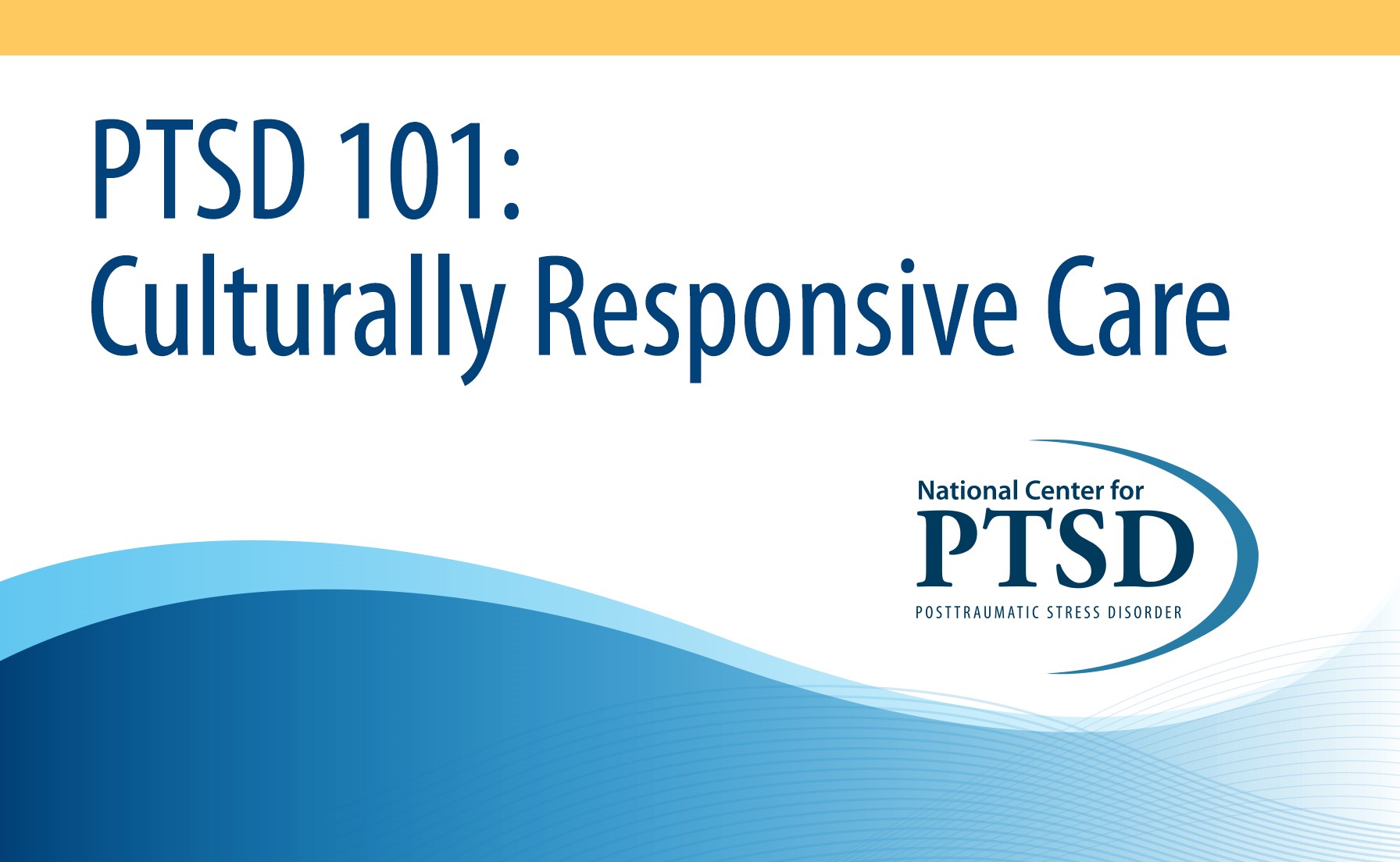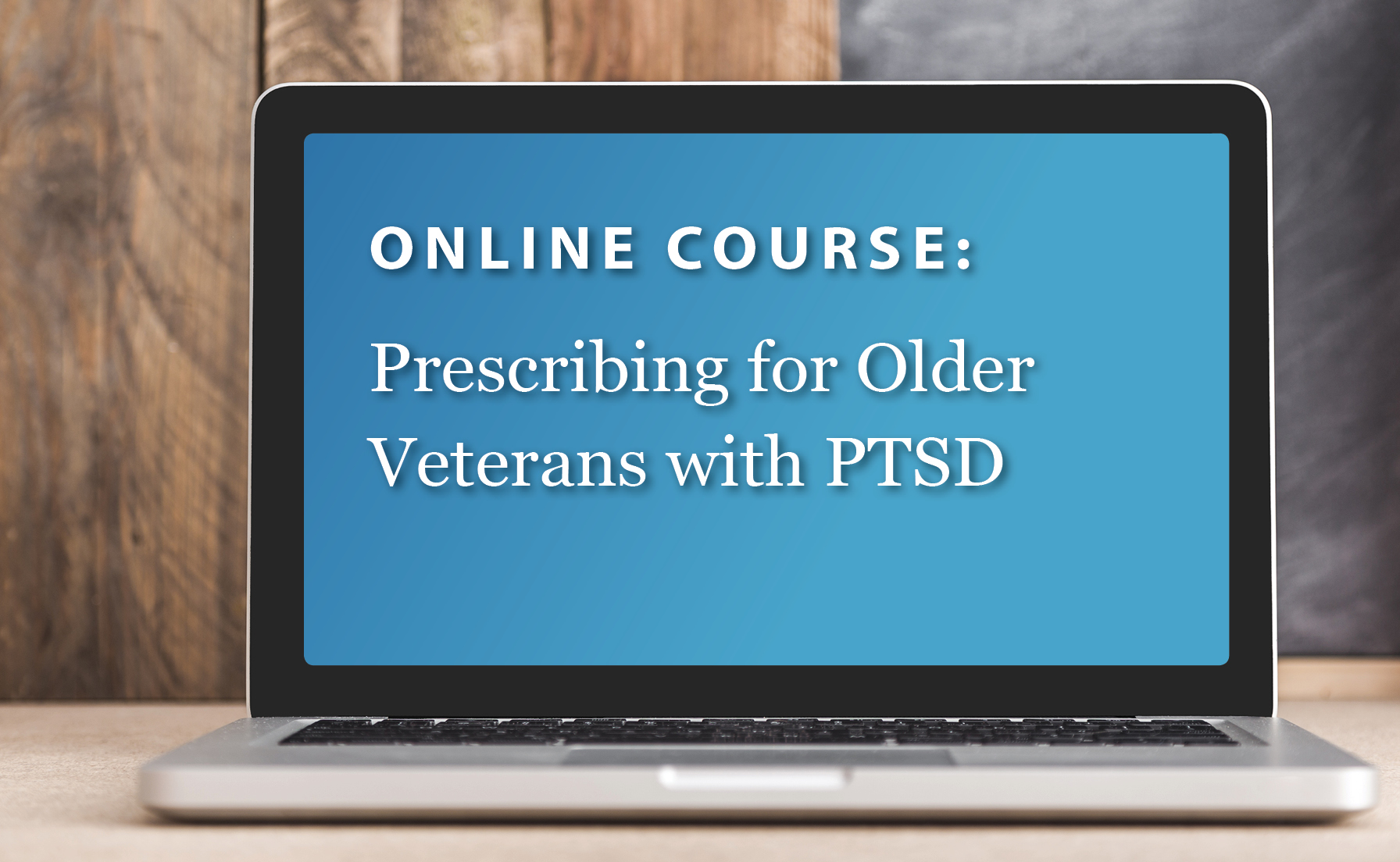PTSD: National Center for PTSD
Trauma, PTSD, and Attachment in Infants and Young Children
Trauma, PTSD, and Attachment in Infants and Young Children
Decades ago, little was known about what PTSD looked like in infants and young children. Today, we know that trauma and maltreatment can have grave impact on the very young. In addition, we know the importance of the early child-caregiver attachment to a child's development. This page discusses epidemiology, diagnosis, and treatment of trauma-related problems in infants and young children, with a special focus on the role of attachment.
See PTSD in Children and Adolescents for a review of trauma-related issues in school-aged children and teens.
How Many Infants and Young Children Experience Maltreatment?
Child protection services in the United States receive approximately 3 million referrals each year, representing 5.5 million children (1). Infants and young children are more vulnerable to maltreatment than older children; over one-third of substantiated reports to child protection agencies are for children under the age of 5 years. Further, the rates of injury and death as a result of maltreatment occur most frequently in the first year of life, and 77% of children killed due to maltreatment are under the age of 3 years (2).
In This Article
How Do Trauma and Neglect Affect Infants and Young Children?
Very young children may have few of the PTSD symptoms we see in adults. This may be because 8 of the 17 PTSD symptoms require that the trauma survivor be able to talk about what happened. Young children may show a fear of strangers or be scared to leave their parent. They might also have sleep problems or nightmares. They might think a lot about certain words or symbols that may or may not be related to the trauma.
Young children may also show posttraumatic play. This is when they repeat themes of the trauma. For example, a child who was sexually abused in her bed might play out "dark" bedroom scenes with dolls. They might also be more fussy, irritable, aggressive, or unsafe. Also, young children may lose skills they once had, such as toilet training. Or they might go back to earlier habits, like sucking their thumb.
Research has also pointed to the biological effects of early trauma. Neural development occurs most rapidly in early childhood and is shaped by experience. Prolonged stress can lead to increased arousal, elevated stress hormones, and biochemical alterations of emotion regulation circuits (3,4). In essence, early stress and trauma can alter the brain and have long-term effects across many domains, including physical, mental, and emotional development (3,4). Moreover, the impact of early maltreatment often extends into later childhood, adolescence, and even adulthood.
Diagnosing PTSD in Infants and Young Children
A diagnosis of PTSD requires exposure to a traumatic event. For infants and young children it can be difficult to decide what constitutes a traumatic event. Does witnessing violence or experiencing neglect qualify as a traumatic or life-threatening event? It is certainly plausible that young children who experience a threat to their own or another's life may experience fear, helplessness, or horror. Defining a traumatic event is further complicated by the fact that the event might occur before the child can use language to encode the information. Young children are often not able to verbally describe the event or their subjective reactions.
To aid in diagnosing PTSD and other psychiatric conditions in children ages 0 to 3 years, the Diagnostic Classification of Mental Health and Developmental Disorders of Infancy and Early Childhood: Revised Edition (5) was developed.
What Is Attachment?
Attachment can be defined as the primary emotional relationship with a caregiver that serves as the basis for all later relationships (6,7). Children and parents are biologically wired to form attachments with each other. For example, a baby or young child's cuddling, orienting, and crying instincts are meant to elicit caregiving responses, and infants prefer their caregiver's face and voice over other stimuli.
Four different child-caregiver attachment styles have been identified (8,9):
- Toddlers with secure attachments have caregivers who provide consistent, sensitive responses. These toddlers readily explore their environment and use their caregiver as a "secure base." After separated from their caregiver, they seek their caregiver for comfort and are easily soothed.
- Toddlers with anxious-ambivalent (insecure) attachments have caregivers who might be unpredictable or attentive yet out of synch with their child. These toddlers explore little, are wary of strangers, and might be clingy and demanding. Upon reunion after separation from their caregiver, they are difficult to soothe and appear angry at the caregiver, while also seeking comfort.
- The anxious-avoidant (insecure) attachment style can occur when caregivers are emotionally unavailable or rejecting. The toddler often seeks little physical contact with the caregiver and might be unresponsive when held, although upset when put down. These toddlers often avoid or ignore their caregiver after a separation.
- A disorganized attachment can arise when the primary caregiver serves as both the source of comfort to the child and source of stress or fear. These toddlers lack an organized strategy for coping with stress and therefore show odd behaviors, such as freezing or turning in circles, during a reunion with their caregiver.
Why Is the Child-Caregiver Attachment Important?
Prominent attachment researcher John Bowlby explains how a child's primary attachment figure regulates the emotions and social cognitive processing of young children (7). When a caregiver provides an attuned response to their child, the young child develops a "felt security" and adapts this internal working model to build self-organization and physiological regulation skills (10, 11). Children also use their caregivers for social referencing to guide their responses to events, and they use their attachment foundation to internalize self-control and build social skills and independence (12).
A child who is not regularly comforted when scared or whose caregiver responds in an inconsistent manner when the child is seeking comfort might be fussy, have difficulty self-soothing, withdraw, or exhibit intense tantrums. A child who does not receive consistent physical or verbal intervention from his caregiver in dangerous situations might not internalize self-control and may subsequently demonstrate reckless or impulsive behaviors.
Animal models have shown the importance of quality caregiving on biobehavioral regulation (e.g., eating, sleeping, emotional regulation) through the neuroendocrine stress response systems. For example, rat pups and baby monkeys that receive more attention and affection (e.g., grooming, holding, caressing) from their caregivers demonstrate more regular biobehavioral cycles and more life-long protection from stress than those who do not receive quality caregiving (13,14). Similarly, research with young children has demonstrated that the quality of the attachment relationship impacts brain development, emotional regulation, and coping, largely through adrenocortical activity (15).
How Do Attachment, Traumatic Stress, and Coping Interact?
The child-caregiver attachment interacts in complex ways with the traumatic reactions and coping styles of both the child and caregiver. For example:
- If a child receives attuned, soothing responses from her caregiver when distressed, she learns to develop her own coping skills and might be less likely to experience traumatic reactions after exposure to a traumatic event.
- A child with a poor attachment could be expected to evidence behavioral difficulties (e.g., aggression, withdrawal) and might be more difficult to soothe, which could cause higher levels of frustration in his caregiver and in turn lead to maltreatment or attachment difficulties.
- The traumatic event might interfere with the child-caregiver attachment due to strong emotions that get in the way of a positive relationship. For example, a child's anger toward her parent for not keeping her safe, a parent's guilt about the event, or a parent's resentment toward his child for causing pain and family upheaval all too often impede positive child-parent interactions and attachment.
- The caregiver or child could serve as a trigger to the other's arousal or re-experiencing traumatic stress symptoms, making a secure attachment difficult.
- If the caregiver has her own trauma history, her symptoms (e.g., emotional numbing, avoidance) might interfere with attending sensitively to her child.
Interventions for Poor Attachment and Maltreatment
Pediatric settings are vital to the identification of maltreatment and poor attachments in young children and their caregivers because this is often the first or most frequent setting these families encounter. If a problem is identified, pediatricians and other health professionals can provide support, education, safety planning, and referrals for specialized services.
In-home health and nurse providers and other professionals can assist new parents in providing quality care for their infants or young children in many domains (e.g., breast-feeding, sleep, safety, illness). Child and family social service agencies are available to help families with numerous issues such as parenting support and foster or adoption services.
Psychotherapy interventions are recommended if relationship difficulties or traumatic reactions persist, and these interventions work. Research has shown the effectiveness of relationship-based interventions for cases in which poor attachment and/or maltreatment are primary concerns. Child-parent psychotherapy (CPP) is one such relationship-based model that is effective for infants and young children (age 0-6 years) who have experienced traumas or attachment problems. Through play and developmental guidance, CPP helps caregivers understand their children and the meaning of their play and trauma-related behaviors. It helps caregivers provide protection and emotional sensitivity to their children. CPP can also build a caregiver's awareness of how their own childhood history, traumas, or emotions can affect their relationship with the child (6).
For some children, intervention does not take place for many years. In the case of poor or broken attachments, it remains important for psychotherapy to involve both the child or adolescent and a primary caregiver. When trauma and PTSD are also involved, evidence-based treatment is available.
References
- US Department of Health and Human Services, ACF, 2006
- National Research Council & Institute of Medicine (2000). From neurons to neighborhoods: The science of early childhood development. Washington D.C: National Academy Press.
- Schore, A. N. (2001). The effects of a secure attachment relationship on right brain development, affect regulation, and infant mental health. Infant Mental Health Journal, 22 (1-2), 7-66
- Schore, A. N. (2001). The effects of a relational trauma on right brain development, affect regulation, and infant mental health. Infant Mental Health Journal, 22 (1-2), 201-269.
- Zero to Three/National Center for Clinical Infant Programs. (2005). Diagnostic Classification of Mental Health and Developmental Disorders of Infancy and Early Childhood: Revised Edition. Arlington, VA: Author.
- Lieberman, A. F., & Van Horn, P. (2008). Psychotherapy with infants and young children: Repairing the effects of stress and trauma on early attachment. New York: The Guilford Press.
- Bowlby, J. (1982). Attachment and loss: Vol. 1. Attachment (2nd ed.). New York: Basic Books (Original work published 1969).
- Ainsworth, M. D. S., Blehar, M. C., Waters, E., & Wall, S. (1978). Patterns of attachment: A psychological study of the strange situation. Hillsdale, NJ: Earlbaum.
- Main, M., & Solomon, J. (1990). In M. T. Greenberg, D. Cicchetti, & M. Cummings. (Eds.). Attachment in the preschool years: Theory, research, and intervention, pp. 121-160, The University of Chicago Press: Chicago.
- Schore, A. N. (2000). Attachment and the regulation of the right brain. Attachment and Human Development, 2(1), 23-47.
- Schuder, M. R., Lyons-Ruth, K. (2004). "Hidden trauma" in infancy: Attachment, fearful arousal, and early dysfunction of the stress response system. In J. Osofsky (Ed.), Young Children and Trauma: Intervention and Treatment, 69-104. New York: The Guilford Press.
- Bretherton, I., & Munholland, K. A. (1999). Internal working models in attachment relationships: A construct revisited. In J. Cassidy & P.R. Shaver (Eds.), Handbook of attachment: Theory, research, and clinical applications, 520-554. New York: The Guilford Press.
- Liu, D., Diorio, J., Tannenbaum, B., Cladji, C., Francis, D. et al. (1997). Maternal care, hippocampal glucocorticoid receptors, and hypothalamic-pituitary-adrenal responses to stress. Science, 277, 1659-1662.
- Coplan, J. D., Andrews, M. W., Owens, M. J., Friedman, S., Gorman, J.M. et al. (1996). Persistent elevations of cerebrospinal fluid concentrations of CRF in adult nonhuman primates exposed to early life stressors: Implications for the pathophysiology of mood and anxiety disorders. Proceedings of the National Academy of Sciences, USA, 93, 1619-1623.
- Spangler, G., & Grossmann, K. E. (1993). Biobehavioral organization in securely and insecurely attached infants. Child Development, 64, 1439-1450.
You May Also Be Interested In

PTSD 101: Culturally Responsive Care
Understand and develop the components of a culturally responsive case formulation.

PTSD 101: Prescribing for Older Veterans with PTSD
Learn best practices for pharmacological treatment for older Veterans with PTSD.
























